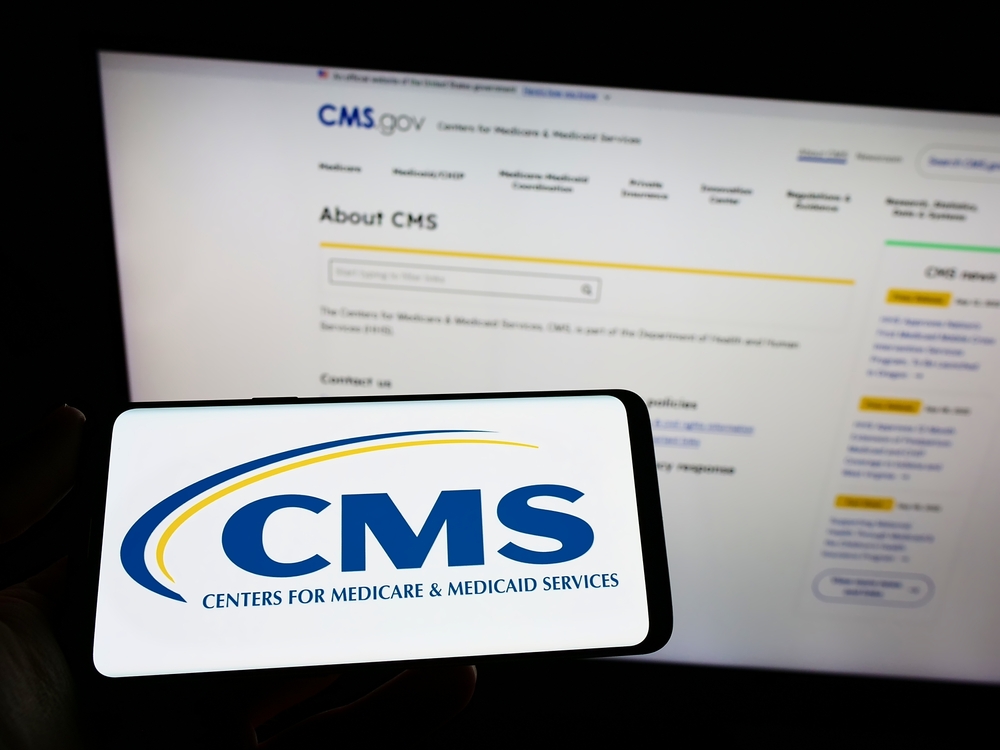Story by Connor Danielowski / November 5, 2025

When CMS released its 2026 Physician Fee Schedule Final Rule, it did more than update reimbursement rates—it drew a line in the sand. The message: coordinated, data-informed, continuous care isn’t the future anymore. It’s the standard.
For organizations working with Chronic Care Staffing (CCS), this isn’t news. It’s validation. We’ve been integrating Chronic Care Management (CCM) and Remote Patient Monitoring (RPM) into a single, compliant system since 2015—long before CMS made it an official policy.

Connected devices—BP cuffs, scales, glucose monitors—turn monthly check-ins into data-driven interventions. The 2026 rule cements RPM as essential infrastructure for chronic disease management, not a nice-to-have. CMS is recognizing the benefit of RPM, even when patients are not taking 16 readings in a 30 day period or getting 20 minutes of care time. In 2026, CMS will provide additional reimbursement for patients who are actively benefiting from RPM but not quite meeting prior requirements.
While procedural codes face cuts, time-based care models—CCM, RPM, and Behavioral Health Integration—are protected.
Translation: Medicare is betting on real human contact, not just procedures. That’s where the ROI lives now.

Chronic care used to be a single-lane bridge: phone calls connecting patients to providers. CMS just added lanes for digital monitoring, behavioral support, and virtual supervision—all leading to the same destination: better outcomes.
When CCM and RPM work together, you don’t just have a bridge. You have a smart bridge that adjusts in real time, guiding patients safely through every stage of care.
We built for this model years ago. Here’s what that means for you:
CCS’s RPM adoption rates lead the industry because we build trust before deploying technology. When patients already know their care coordinator, adding a home monitor feels like continuity, not intrusion.

Ready to operationalize these changes? Join our 2026 Medicare Webinar to learn exactly how the new rules impact your reimbursement, compliance posture, and patient engagement strategy.
The 2026 rule rewards what actually works: consistent, relationship-driven, tech-enabled care.
With CCS, your CCM and RPM programs aren’t separate initiatives—they’re one continuous system. Compliant, compassionate, and financially sustainable.
The healthcare landscape is shifting fast. But if you’re with CCS, you’re not scrambling to catch up.
You’re already there.
Click Here for the Full CMS Report
